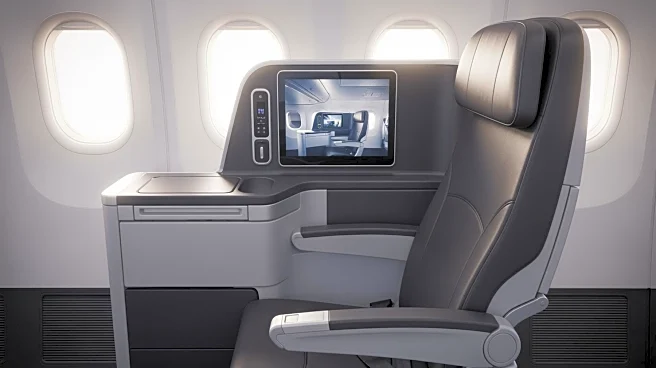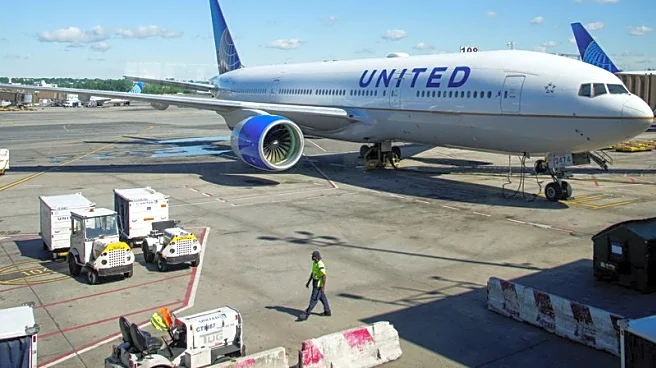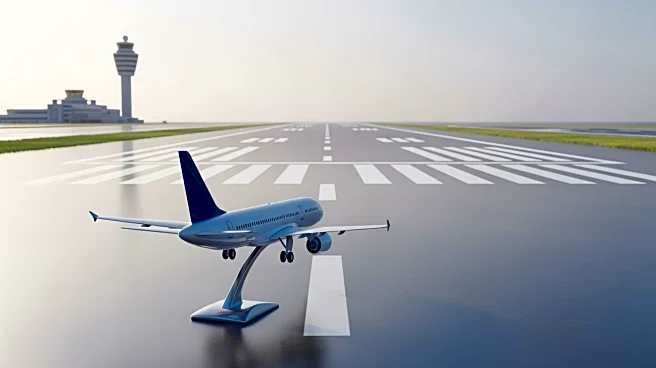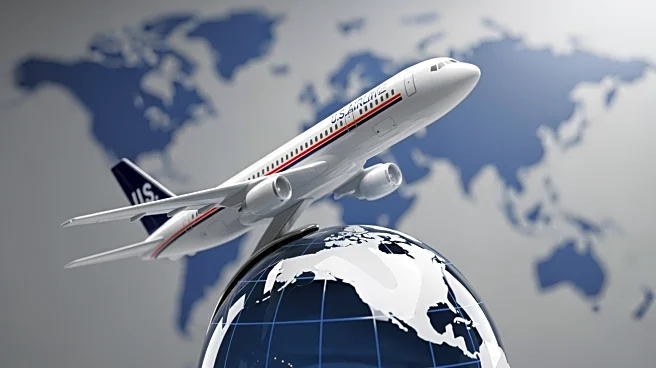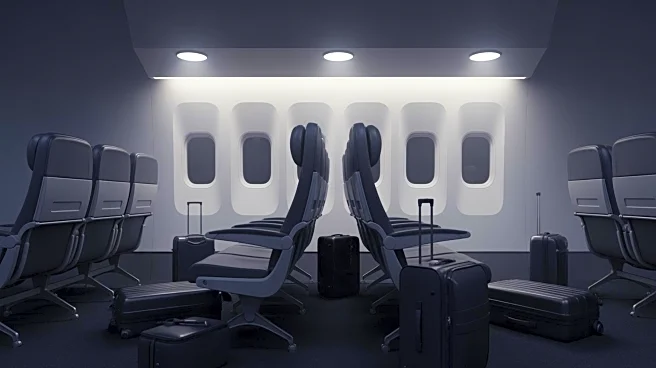What's Happening?
United Airlines has requested a federal judge to dismiss a lawsuit alleging that the airline unfairly charged passengers extra for 'window seats' that lacked actual windows. The lawsuit, filed in August,
involves proposed class actions against United and Delta Air Lines, where passengers discovered their seats on certain aircraft models were windowless, contrary to expectations set during the booking process. United argues that the term 'window' merely indicates the seat's position next to the aircraft's wall and does not guarantee an exterior view. The airline further contends that federal law generally prohibits passengers from pursuing breach of contract claims related to airline fees and surcharges, including those for more desirable seats. These fees contribute to ancillary revenue, allowing airlines to maintain lower base fares.
Why It's Important?
The lawsuit highlights consumer expectations and transparency in airline seat booking processes. If successful, the case could lead to significant financial implications for United and Delta, with potential damages sought for over a million passengers per carrier. The outcome may also prompt airlines to revise their seat labeling practices to avoid misleading passengers. This case underscores the broader issue of consumer rights and corporate accountability in the aviation industry, potentially influencing future regulatory measures regarding airline fee disclosures and passenger rights.
What's Next?
The legal proceedings will continue as the court reviews United's request for dismissal. If the case proceeds, it could set a precedent for how airlines label and market their seating arrangements. Stakeholders, including consumer advocacy groups, may push for clearer guidelines and regulations to ensure transparency in airline bookings. The outcome could also affect how airlines structure their pricing models, balancing ancillary revenue with consumer satisfaction.
Beyond the Headlines
This lawsuit raises questions about ethical marketing practices and the balance between corporate revenue strategies and consumer expectations. It may lead to increased scrutiny of how airlines communicate seat features and pricing, potentially driving industry-wide changes in marketing and customer service standards.
